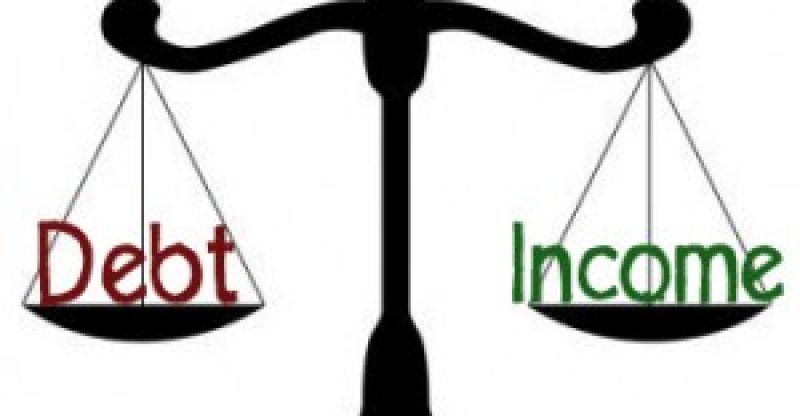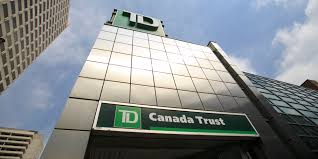The Debt-To-Income Record Should Not Be A Concern
A lot will be coming these days about these two numbers (the debt to income ratio) for all Canadians which hit a new high record in Q4 last year. According to one big bank, the debt-to-income ratio is the most “useless economic indicator out there”
This ratio is not considered when talking about mortgage debt and policies aimed at safeguarding Canadians from taking on even more debt.
According to Benjamin Tal, chief economist with CIBC, it isn’t that simple and the ratio isn’t that useful.
“The attractiveness of the ratio is that it’s simple – one number catches all. But as we all know, the cost of simplicity is, at times, very high. The ratio compares the stock of debt to the flow of income”, Tal wrote in response to the release of the figure. “You are not required to pay off your mortgage in one year, so, on that ground, that approach is faulty”.
“It’s also the debt of people with debt, relative to the income of people with and without debt. Again a suboptimal comparison. And if foreign income plays a role in the housing market (and it does) that income is not part of the calculation”.
Still, news organizations jumped on it.
The CBC proclaimed: “Canadian households owed $2 trillion at the end of 2016”.
Reuters said “debt-to-income hits fresh record”.
While debt-to-income levels seem alarming, CIBC argues it’s anything but.
“in many ways this ratio is designed to rise. In the past 25 years, the debt-to-income ratio fell only twice”, Tal wrote. “In a normally functioning economy, debt will rise faster than income”.
“For the ratio to fall notably you need a significant shock such as the US financial crisis which led to the US debt-to-income ratio falling from over 160 per cent to 140 per cent” he continued. “Is the ratio rising too fast? Not really. Total real household debt is now rising by just over 4 per cent (year-over-year) – a rate that is in line with the performance seen during the jobless recovery of the 1990s”.





